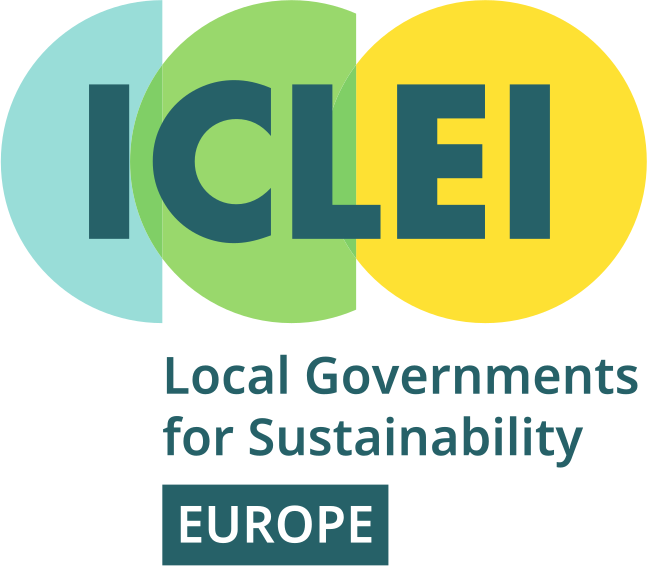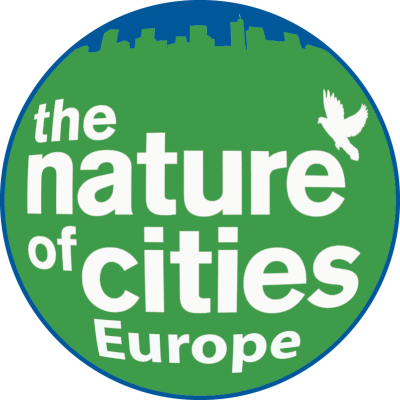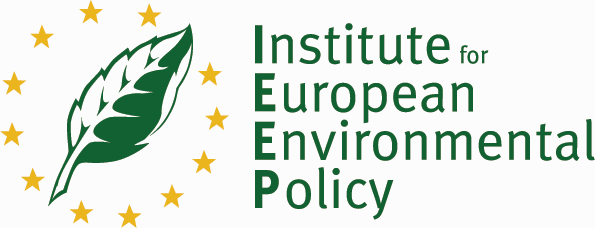
In the pursuit of greener and healthier urban landscapes, the focus is shifting to the development of transformative methods that address global challenges and improve the resilience and well-being of cities. Recently, attention has been drawn to innovative tools that can influence decision-making in favour of a healthier environment and offer promising avenues for action. Three exemplary tools will be presented here:
1. Spatial Impact Assessment and Classification (SIAC) tool:
- Focuses on approximating forest conditions and benefits at the local level.
- Uses basic data such as locations of tree plantations, buildings, and centrelines for transferability.
- Provides insights into challenges aligned with the IUCN Urban Nature Index.
- Supports decision making with information on tree cover, species richness, diversity, and connectivity.
In an effort to maximise the benefits of trees, the SIAC tool provides a comprehensive understanding of urban trees and their benefits, aligned with the key themes of the IUCN Urban Nature Indices. The tool, which is available free of charge as a plugin for the open source geographic information system QGIS, is designed to help local authorities make informed decisions for a greener and healthier urban environment.
2. Spatial Information and Knowledge Hub (SIK-Hub):
- An online application that summarises different types of knowledge related to urban green spaces.
- It is designed to visualise, analyse and synthesise data from different sources, including citizen science, measurements and policies.
- The aim is to support decision-making, encourage collaboration and stimulate local engagement.
3. My Dynamic Forest Tool:
- Uses citizen science to collect local knowledge about green spaces and perceptions of air pollution.
- The aim is to understand the impact of air pollution on public spaces and health.
- The focus is on encouraging citizens to observe and report on nature in their local environment.
These three tools were developed as part of the CLEARING HOUSE project. The project aims to address global challenges and improve resilience and well-being, focussing on tree-based green infrastructure as a core element of Urban Forests as Nature-based Solutions (UF-NbS). UF-NbS, a subset of NbS, utilises tree-based urban ecosystems to address societal challenges while creating benefits for human well-being and biodiversity. The main objectives of the project include compiling, reviewing and linking existing knowledge on the development, management and monitoring of NbS and UF-NbS. In addition, the political, institutional and economic frameworks and public perceptions in China and Europe will be analysed.
In envisioning a future where cities thrive sustainably, the innovative tools developed through the CLEARING HOUSE project offer not just solutions but the promise of transformative change, inspiring all stakeholders to explore and utilise these resources in creating healthier, more resilient urban landscapes for the future.











